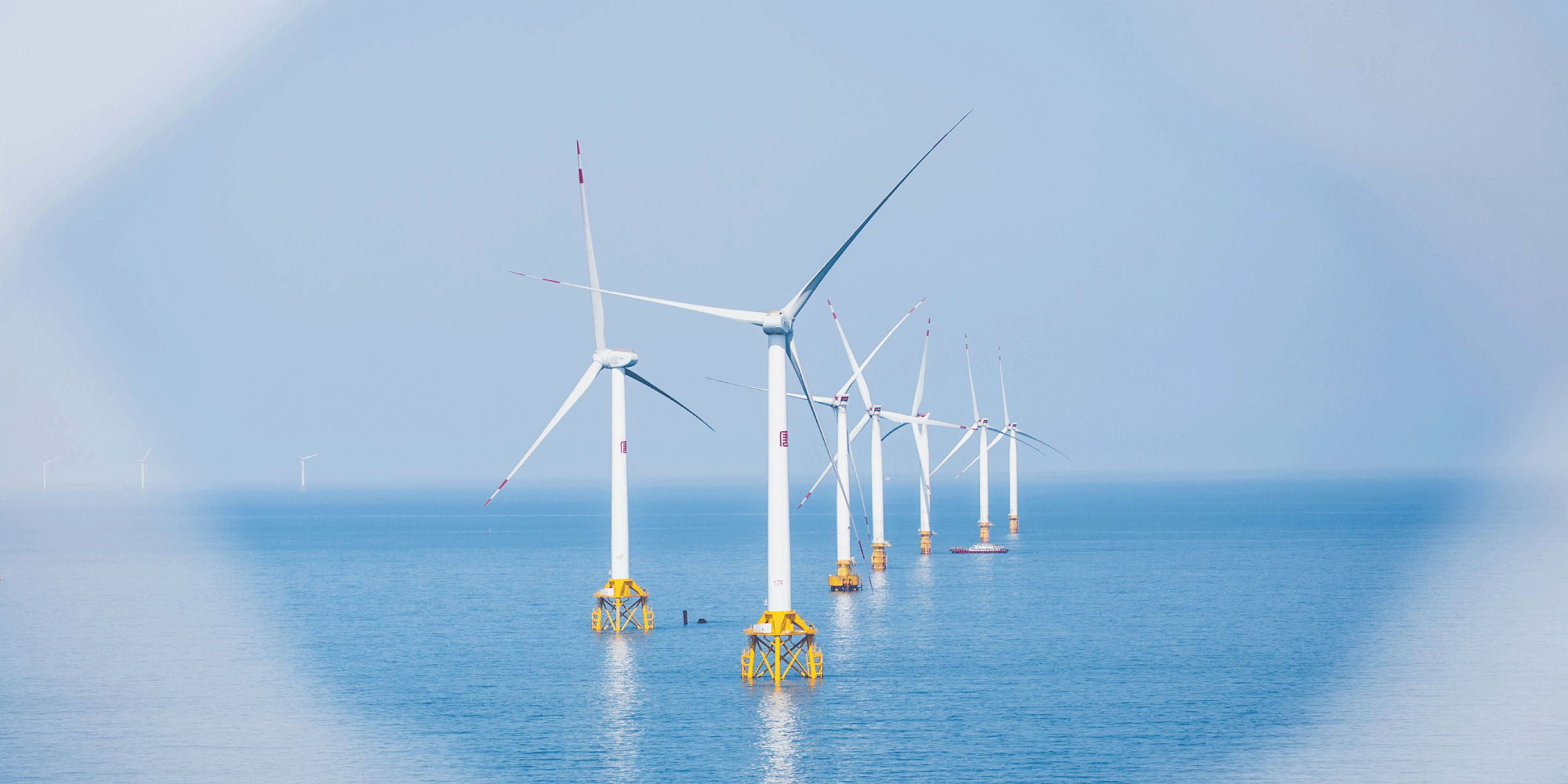
Wind Turbine Projects – the Future of UK Energy
Wind Turbine Projects – the Future of UK Energy
The growth of the UK’s wind turbine projects over the last three decades has been phenomenal, and we’ve only just started to scratch the surface of its potential. As Duncan Clark, Head of UK Operations for, Ørsted, BGB’s first and largest wind energy client, told The Economist: “What has happened is quite beyond almost everyone’s expectations”.
How has wind energy grown?
Wind turbine projects began in 1991, with the opening of the Delabole wind farm in North Cornwall, but the idea was slow to catch on. Twenty years later, in 2011, there was still just 6.5GW of capacity in UK wind turbine projects. But that was all about to change.
Wind energy grew rapidly over the next decade, reaching 25.8GW by 2021. Today, according to the Renewable UK wind energy database, there are more than 9,200 onshore turbines across 2,656 onshore wind turbine projects, with a capacity of 15.8MW. Offshore there are 2,824 turbines across 44 offshore wind turbine projects, with a capacity of 15.6GW.
When you consider that just one turn of the largest offshore turbine can generate enough electricity for 24 hours, and we have almost 12,000 of them turning whenever the wind blows, it’s easy to see the massive potential of wind power.
Together the turning of the UK’s wind turbine projects produces 84TW/hrs of electricity every year, enough to power 25.7million homes. Perhaps more importantly, wind energy has reduced the CO2 production of our electricity industry by over 37million tonnes per year, a 40% reduction since 1990.
The UK’s wind offshore turbine projects support over 32,000 jobs and contribute more than £3.5billion to the UK economy. Every new large offshore wind farm adds a further £2-£3bn to the economy.
What is the future for wind energy?
As we said above, we have only just begun to tap the potential of wind energy in the UK. Government figures show that renewable energy provided 42.8% of UK electricity in the period from January to March 2025, beating gas into second place. Wind energy alone accounted for more than 61% of this.
The National Energy System Operator reported that wind energy overtook gas in 2024, providing 30% of the UK’s electricity over the year, compared to 26.3% from gas. Barnaby Wharton Director of Future Electricity Systems at RenewableUK commented: “NESO’s latest figures confirm that wind is the UK’s most important clean power source all year round, outperforming gas – and that role is set to grow as fresh projects go live in 2025.”
Indeed, wind energy has to continue to grow significantly, if it is to meet the Government’s target of 50GW capacity by 2030. It’s estimated that to achieve this, we will need to build 2,600 additional wind turbines, at a cost of £48billion.
BGB ready to support the growth of wind turbine projects
Here at BGB, we have been supporting the UK wind energy sector from the start. Along the way, we have developed all the skills and services the industry needs to maintain its momentum and achieve the growth required to reach the Government’s challenging targets.
From offshore access solutions, including rope access inspections, to crane operators, from vessel coordinators to QHSE personnel, from SAP support technicians to site coordinators, BGB has an enviable track record of experience and expertise.
That’s why we are a trusted supply chain partner on every single Ørsted offshore wind project worldwide, and we have a presence on every US offshore wind turbine project.
The conditions here in the UK are ideal for wind turbine projects, and BGB are determined to play our part in tapping the full potential of this renewable energy source. With wind energy, we can help Britain achieve energy security, lower energy bills for everyday consumers and help the nation to achieve the crucial goal of Net Zero by 2050.
To find out more about how BGB Group Global can support your wind turbine project, onshore or offshore, contact our team today. Because when it comes to clean, secure, affordable energy, as Bob Dylan once said, the answer is blowing in the wind.












